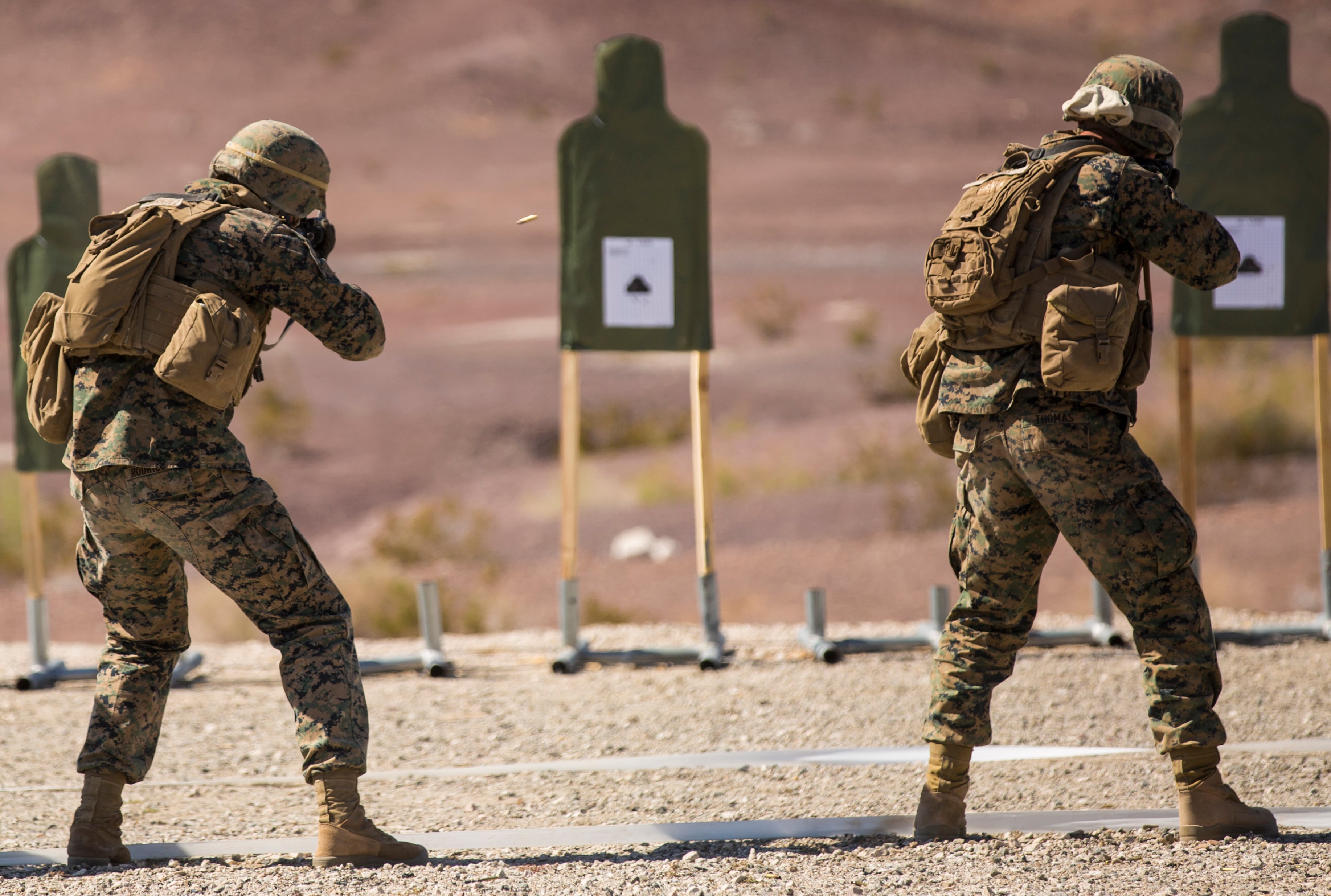The Marine Corps recently began fielding a new rifle optic to improve shooter accuracy at distances with both the M4 carbine and M27 Infantry Automatic Rifle.
The squad common optic is a magnified day optic that has both an illuminated and nonilluminated aim point that’s built to increase effective target acquisition and probability of hit, according to a press release from Marine Corps Systems Command.
“The squad common optic provides an improved day optic to infantry and infantry-like communities, including reconnaissance units” Tom Dever, project officer for combat optics said in the release. “It’s a system that improves situational awareness and decreases engagement times, greatly benefiting Marines.”
The SCO will replace the rifle combat optic, and is a bit larger.
RELATED

The new scope weighs 31.5 ounces and is 10.5 inches long ― making it nearly double the size of the nearly 6-inch and 10 ounce RCO.
But with that size Marines are able to double their magnification, from the current four times magnification of the RCO to eight times with the SCO.
The Corps chose the optic in a $64 million contract with Trijicon, the Michigan-based company that builds both the RCO and SCO in February 2022. The initial order was for 19,000 devices, starting with both reconnaissance and infantry units.
At the time, Dever previously told Marine Corps Times that the scope also comes with a continuously adjustable magnification range, which allows the user to move from one times to eight times magnification.
The SCO can be rail-mounted by hand, no tools required. And it can work with both M855 and M855A1 variants of the 5.56 mm round.
The scopes began rolling out to Marines in January and are expected to complete full fielding by 2023.
The lead engineer for the SCO program, Roger Boughton, provided further contrasts between the systems, saying in the release that the RCO has a fixed magnification but the SCO provides a variable power.
This means Marines can use the SCO to identify targets at both close and far distances, providing twice the visual range of the RCO.
“Having an optic that can reach out to longer distances will ultimately make the Marine a more lethal first-shot shooter,” said Boughton. “This means they can use less rounds to overwhelm an enemy.”
That option can buy time when selecting and engaging targets by providing more accurate round placement.
“It’s all about making an accurate decision,” said Maj. Kyle Padilla, Systems Command optics team lead and an infantry officer. “The SCO gives squad leaders or individual riflemen more time to make a decision to eliminate that threat if necessary.”
Todd South has written about crime, courts, government and the military for multiple publications since 2004 and was named a 2014 Pulitzer finalist for a co-written project on witness intimidation. Todd is a Marine veteran of the Iraq War.





